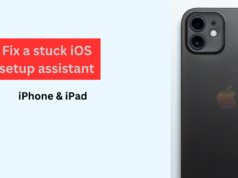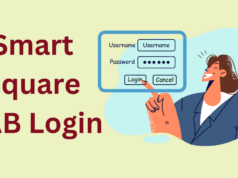Organizations are adopting cloud-native applications for both their own and their customers’ use every single day. Securing these cloud-native applications is a vital component of cyber security at any organization. But there are plenty of challenges unique to cloud-native security. Today, we’ll explore some of these extra security measures that help protect containerized environments, orchestration platforms, and serverless architectures within a cloud environment. Keep reading to learn more.
Introduction to Cloud Native Security
Nearly every organization today uses the cloud in some form or another. With that transition to the clock, security becomes a much more significant concern. And of course, cloud native security is an essential part of that. As organizations rely more on cloud-based applications and infrastructure, they find themselves dealing with unique security risks associated with cloud environments. Clouds are dynamic in nature. And many of them work with a shared responsibility model, so there is a need for continuous monitoring. Over 83% of enterprise workloads run on the cloud as of 2020, with it only expanding through this year. That’s why it’s so critical for organizations to develop comprehensive security policies and strategies to protect their sensitive data (and keep compliant). By understanding the unique challenges of cloud-native security and implementing necessary measures, organizations can safeguard their digital assets and ensure the success of their cloud-based initiatives.
Understanding the Unique Challenges of Cloud Native Security
Security in a cloud environment is pretty tricky and challenging. Security issues can certainly have an impact on organizations. When you consider that 80% of all companies have experienced some cloud security incident in the past year or so, it reinforces the opinion that there’s a need for greater security in the cloud itself. Part of the challenge lies in the fact that cloud applications usually rely on microservices, which can increase in a tax service and make security a little bit more difficult. Another challenge is ensuring that security is built into cloud procedures in the first place. Monitoring and maintaining visibility/control in a cloud native environment is also a bit different than a different type of infrastructure. That means you need proactive measures, identity and access controls, specific management protocols, and continuous monitoring to maintain your cloud’s security.
Security Measures for Cloud Containers
Cloud computing uses containers—a type of lightweight virtual environment—to run a wide range of different functions. Containers are fantastic for moving different virtual environments from one place to another, and make it easier to deploy the cloud native software. And just like everything else, containers are pretty vulnerable! Securing them requires some deep security protocols. Network segmentation (dividing a network into different subnets) is helpful, and so is runtime protection, vulnerability scanning, and monitoring. Many different companies, upward of 40%, have experienced some sort of container security issue in the past few years. That’s why implementing security measures is so crucial for ensuring their safety. Vulnerability scanning is a good place to start. But you’ll need much more than that. Network segmentation can help reduce the attack surface and limit movement of any possible attacks. Runtime protection can monitor and enforce security policies during the execution of the container. Using cloud-native application security software in conjunction with these methods is also a good way to ensure you can keep your containers safe and protect the rest of your cloud.
Securing Serverless Architectures
Orchestration platforms and serverless architectures require specialized security measures, including access control, encryption, and monitoring. As 95% of organizations are expected to be using serverless architectures by 2025, ensuring the security of these environments is vital for maintaining the confidentiality, integrity, and availability of cloud-native applications. Access control policies should be implemented to restrict unauthorized access to orchestration platforms and serverless functions, preventing potential security breaches. Along with that, companies should also use data encryption to protect sensitive information. Whether it’s in transit or at rest, data should be encrypted to ensure it cannot be read if it somehow becomes intercepted. Monitoring and logging is also critical here, as it helps organizations quickly adapt to and address threats when they happen in real time.
Best Practices for Cloud Native Security

Having an understanding of cloud native software security is critical for any business operating in today’s world. Organizations should have a set of best practices to protect digital assets. Developing a comprehensive Cloud native security strategy to address these challenges is the first step of improving your security posture throughout the entire company. Whether it’s employee training, implementing security protocols, or using security software, you can find ways to keep threats at bay. By continuously assessing and improving security measures, it’s easier for your organization to adapt to evolving threats and ensure your cloud-native applications remain secure and compliant as much as possible.



















